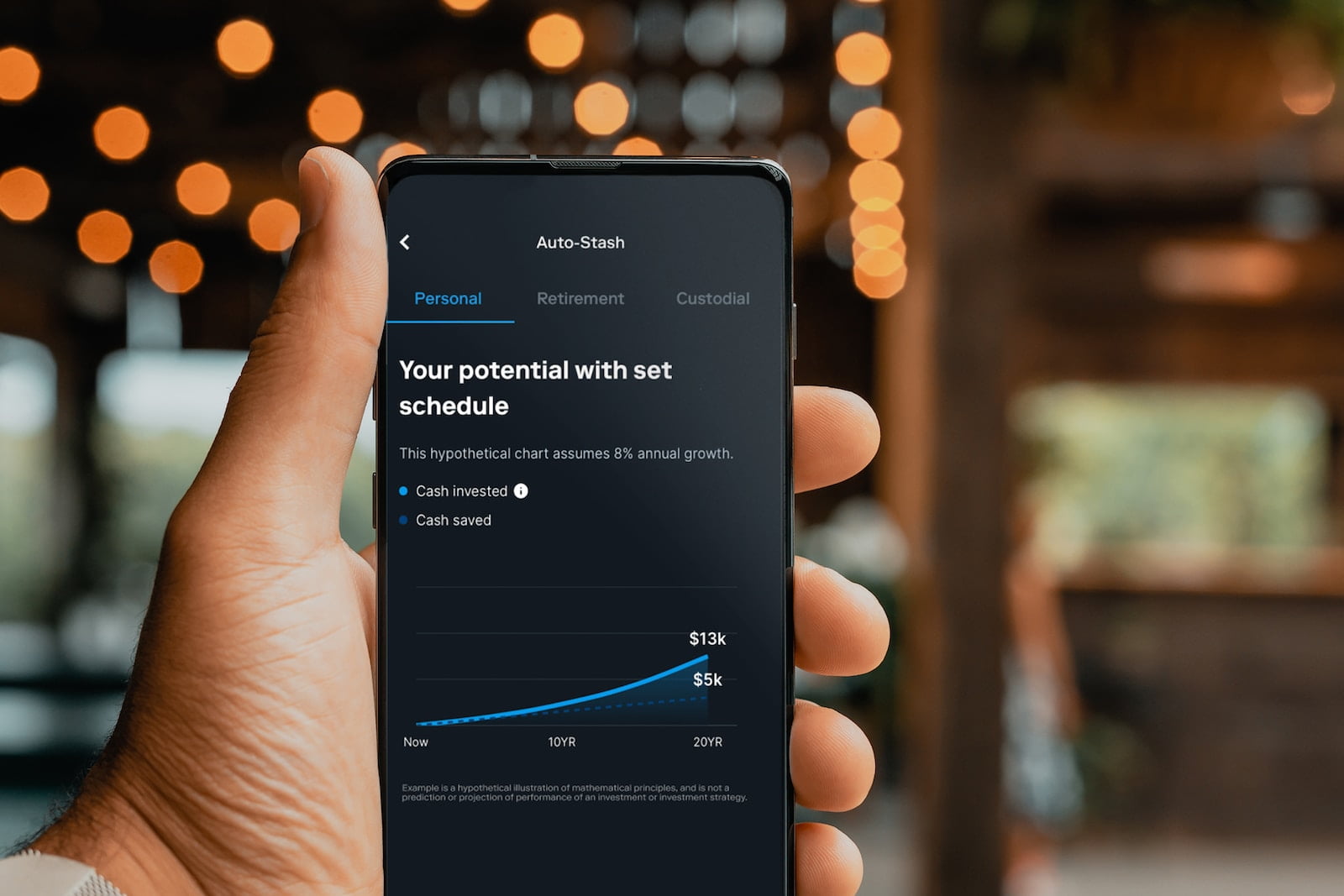Introduction:
In the dynamic world of finance, liquidity is vital for the smooth functioning of financial markets. Liquidity providers play a crucial role in ensuring the availability of liquidity, enabling market participants to buy and sell assets efficiently. This article delves into the mechanism of liquidity provision, outlining its significance and how it works in the financial realm.
What are Liquidity Providers?
Liquidity Providers (LPs) are entities, often banks or specialized financial firms, that bridge the gap between buyers and sellers in the market by offering constant buy and sell quotes for assets. They act as intermediaries, providing instant liquidity to traders, investors, and other participants in the market.
How Do Liquidity Providers Work?
Liquidity providers operate by maintaining well-capitalized books of assets to facilitate immediate transactions. They deploy advanced technology and high-frequency algorithms to continuously adjust their prices based on market conditions, ensuring an equilibrium between demand and supply.
Market Making:
Market making is the primary activity of liquidity providers. By offering consistently tight bid-ask spreads, LPs create a liquid marketplace. When a trader wishes to buy an asset, the liquidity provider immediately sells the asset from its inventory, allying any temporary imbalances in supply and demand.
Arbitrage Opportunities:
Liquidity providers also exploit arbitrage opportunities – price differences between different markets or instruments – to ensure efficient pricing. By leveraging their technological prowess and fast execution capabilities, they identify and capitalize on such discrepancies, benefiting traders by tightening the spreads and optimizing prices.
Risk Management:
Though liquidity providers operate in a highly competitive arena, they assume significant risks. They ensure their activities are not exposed to undue risks by implementing advanced risk management systems. LPs monitor their inventory holdings, setting limits to prevent excessive exposure to specific assets or market sectors, and sophisticated hedging strategies are employed to mitigate potential losses.
Interactions with Exchanges and Platforms:
Liquidity providers collaborate closely with exchanges and trading platforms to optimize their offerings. For instance, they may enter into agreements with exchanges to be official market makers for particular assets. This allows them to access better order flow and information, further refining their pricing models to provide seamless liquidity.
The Benefits:
The presence of liquidity providers in financial markets offers several advantages. Firstly, they enhance market efficiency by narrowing bid-ask spreads, reducing trading costs for participants. Secondly, they boost market depth, making it easier for large trades to be executed smoothly. Lastly, they contribute to market stability by dampening extreme price fluctuations and absorbing market shocks.
Conclusion:
Liquidity providers play an indispensable role in ensuring the smooth functioning of financial markets. Through market making, utilizing arbitrage opportunities, and managing risks effectively, they facilitate efficient trading while contributing to market stability. Their continuous presence and active participation ensure the availability of liquidity, an essential ingredient for economic growth and investor confidence.

+ There are no comments
Add yours